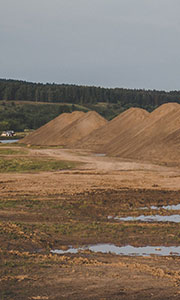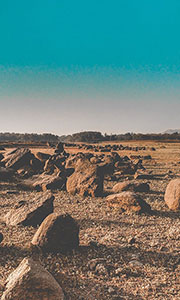Created from the waste (organic and inorganic materials) that mainly remain unused in common recycling process (which represents above 20% of all the waste at landfills):
Those codes are applicable in EU
Can be easily introduced into every municipal waste management system, as an additional instrument that increases the system’s efficiency - adjusting waste collection to this technology is associated with low investment costs.
For waste separation, already existing machinery is used
The selected raw material is further processed at very simple and cost-effective production line
With the use of patented technology, a special biomass is received and adequately enriched with biological material (also according to patented methods. As a result, a universal reclamation material is obtained
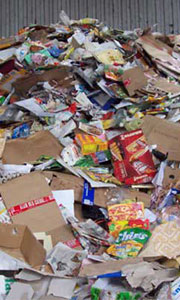
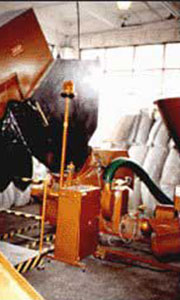
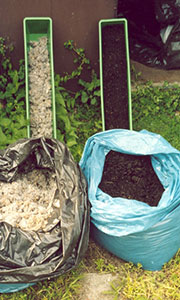
Waste fractions from recycling process are processed in the biomass applied as a patented technology provides a breakthrough in the so called greenification projects.
Due to its composition and chemical characteristics, Izoling is revolutionary mass that enables the plants to grow with minimized (30-40%) or even completely suspended water-supply for prolonged time periods (once the plants are fully grown).
Biomass has unique characteristics that enable plants’ growth even at a poor water supply
Sprinkled with water, the mass keeps humidity even in the hardest weather conditions and provides the optimal basis for plants’ growth
After the hydration of this mass, the shell is formed that connects this mass and protects against moisture loss and wind blowing
After the application of the Izoling and during the plants growth an adequate water supply has to be provided. Due to the mass’ qualities, the amount of water needed is 30-40% smaller than in other methods. The process of application of Izoling is accomplished, when the plants have reached a growth status that enables them a self-sufficient existence and minimization or suspending of water supply is possible. Applied in a broader scale, the technology provides a positive change in the climate conditions of the application area.
The highly hygroscopic mass’ structure absorbs water from its surrounding. Thus a natural moisturizing process during temperature falls takes place. On the other hand, at high temperatures the surface of the I.ZOMIX biomass transforms into a thin and dry shell which reduces water loss from the center of the mass’ substrate and provides a prolonged water supply for the plants.
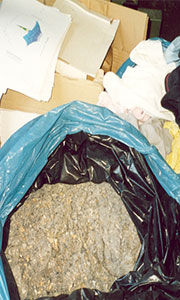
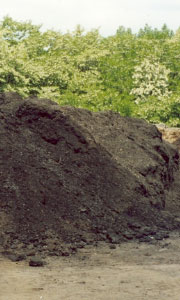
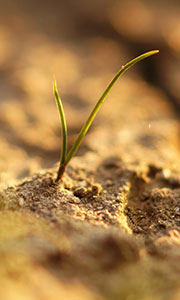
Izoling is, due to its unique characteristics, proven to be resistant even to the most extreme atmospheric conditions (extremely low water supply, high and low temperatures), as well as to erosion.
Izoling enables the plants to grow strong roots, thus preventing erosion effect, even on steep surfaces.
Izoling creates the protection layer that prevents the loss of water from the soil, and the plants require 30-40% less water to grow. Water supply can even be suspended once the plants are grown.
The composition of Izoling enables the natural moisturizing process to happen during the temperature falls. Izoling due to its properties protects root system.
Research of constant and extract sample had shown the possibility of using the “artificial soil” for reclamation and revitalization of degraded areas.
The quality of the final biomass is comparable with the real soil of the highest class.
Upon being produced, biomass is a dry and light pulp, which is easy and inexpensive to transport
At the place of destination, it is decomposed and laid as a layer
The layer’s thickness varies between 5 and 15 cm, depending on the needs
During one vegetation season it assimilates into the land

